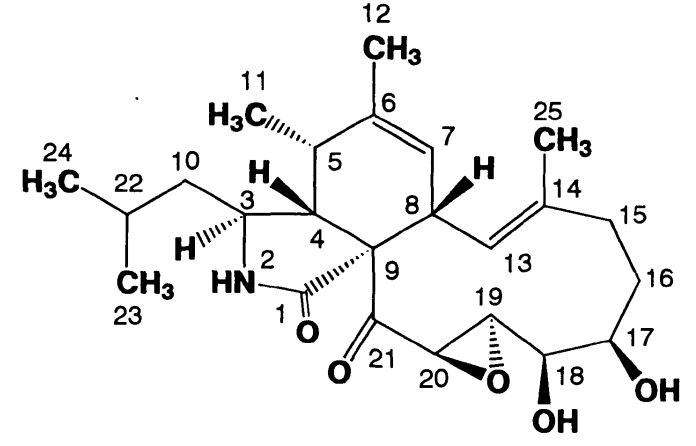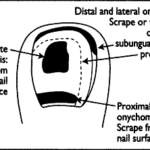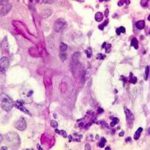Date:
Copyright:
TAIJIRO TOMIKAWA, KAZUO SHIN-YA, HARUO SETO, NORIYUKI OKUSA, TAKAYUKI KAJIURA, YOICHI HAYAKAWA, Structure of Aspochalasin H, a New Member of the Aspochalasin Family, The Journal of Antibiotics, 2002, Volume 55, Issue 7, Pages 666-668, Released on J-STAGE January 27, 2009, Online ISSN 1881-1469, Print ISSN 0021-8820, https://doi.org/10.7164/antibiotics.55.666, https://www.jstage.jst.go.jp/article/antibiotics1968/55/7/55_7_666/_article/-char/en
Notes:
Structure of Aspochalasin H
Images library
-
Title
Legend
-
Mucous plug examined by light microscopy with KOH, showing a network of hyaline branching hyphae typical of Aspergillus, from a patient with ABPA.
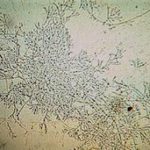
-
Corneal scraping stained with lactophenol cotton blue showing beaded septate hyphae not typical of either Fusarium spp or Aspergillus spp, being more consistent with a dematiceous (ie brown coloured) fungus
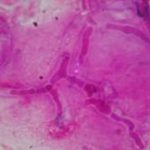
-
Corneal scrape with lactophenol cotton blue shows separate hyphae with Fusarium spp or Aspergillus spp.
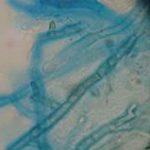
-
A filamentous fungus in the CSF of a patient with meningitis that grew Candida albicans in culture subsequently.
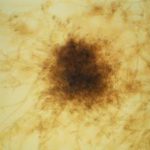
-
Transmission electron micrograph of a C. neoformans cell seen in CSF in an AIDS patients with remarkably little capsule present. These cells may be mistaken for lymphocytes.
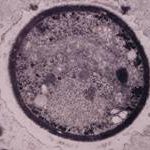
-
India ink preparation of CSF showing multiple yeasts with large capsules, and narrow buds to smaller daughter cells, typical of C. neoformans
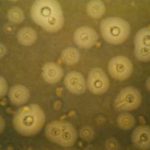
-
PAS stain. An example of Aspergillus fumigatus.
(PAS-stained) in a patient with chronic granulomatous disease showing a 45 degree branching hypha within a giant cell. Rather bulbous hyphal ends are also seem, which is sometimes found inAspergillus spp. infections, histologically. (x800)

